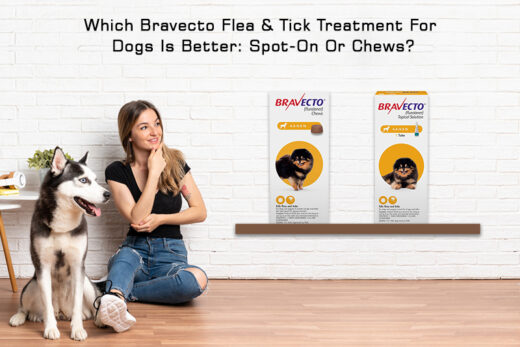In today’s market, there are so many different types of dog dishes in a multitude of colors and styles that are so tempting to buy because they look cute. But, did you know that stainless steel is the most recommended and safest type of bowl for your dog?
The Pros of Stainless Steel
According to Whole Dog Journal, “The easiest type of bowl to keep clean – and…also the safest bowl for your dog to eat and drink from – is stainless steel. This material will not leach potentially dangerous chemicals into your dog’s food and water, like some plastics, aluminum, poorly glazed pottery, or old ceramic dishes.”
While we always should be checking any type of dish we get for our beloved pets, stainless steel ones are reportedly safer and easier to keep clean, thus reducing any ill effects for our pet, like getting ill or injured. According to RaiseAGreenDog.com, “Over many years, stainless steel has been proven to be the safest material for making and storing foods. It is durable, sanitary, rust-free, and non-leaching. And the best part is that they can last a lifetime, and save you money!”
What About Glass or Plastic? Just Say No.
You may be asking what about glass, ceramic, and plastic dishes? Glass dishes, if outside and left on a wooden deck or porch, the glass can heat up to the breaking point. Broken or chipped glass and ceramic bowls can obviously be a hazard to your dog by causing injury. Additionally, the hot sun can filter through the glass ones, similar to a magnifying glass, and cause wood (decks) as well as curtains (indoors) to ignite and possibly cause a fire.
As far as plastics go, aside from possibly harboring potentially dangerous chemicals (even if it is BPA-free), it is a very porous material, meaning it becomes a good breeding ground for germs and mold. Plastic dishes and bowls also can be easily scratched or chewed by a dog, which is also an invitation for nasty bacteria, not to mention broken pieces being a hazard if ingested by your pup, and some chemicals can even harm your pet if simply inhaled.





